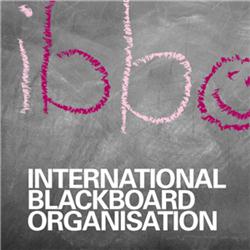Education and Culture
Because Nepal never got colonised it developed an own preserved culture mainly influenced by Hinduism and Buddhism.
Education and Schooling
About two
thirds of female adults and one third of male adults are illiterate. Net primary
enrolment rate was 74% in 2005. It is currently at about 90%. In 2009 the
World
Bank has decided to contribute a further $130
million towards meeting Nepal's Education for all goals. Nepal has several
universities.
Cultural places
The National Museum
(opened since 1928) in Kathmandu contains many cultural and historical
collections.
The most important libraries are in Kathmandu as
well.
Food
A typical Nepalese meal is
dal-bhat-tarkari. Dal is a spicy lentil soup, served over bhat (boiled rice),
and served with tarkari (curried vegetables) together with achar (pickles) or
chutni (spicy condiment made from fresh ingredients). Momo (Tibetan cuisine) is
popular. The Newar community, however, has its own
unique cuisine. It consists of non-vegetarian as well as vegetarian items served
with alcoholic and non-alcoholic beverages. Mustard oil is the cooking medium
and a host of spices, such as cumin, coriander, black peppers, sesame seeds,
turmeric, garlic, ginger, methi (fenugreek), bay leaves, cloves, cinnamon,
pepper, chillies, mustard seeds, etc., are used in the cooking. The cuisine
served on festivals is generally the best.
Music and Dances
The Newari Music orchestra consists mainly
of percussion instruments, though wind instruments, such as flutes and other
similar instruments are also used. String instruments are very rare. There are
songs pertaining to particular seasons and festivals. Paahan chare music is
probably the fastest played music whereas the Dapa the slowest. There are
certain musical instruments such as Dhimay and Bhusya which are played as
instrumental only and are not accompanied with songs. The dhimay music is the
loudest one. In the hills, people enjoy their own kind of music, playing
saarangi (a string instrument), madal and flute. They also have many popular
folk songs known as lok geet and lok dohari.
The Newar dances can be broadly classified into masked dances and non-masked dances. The most representative of Newari dances is Lakhey dance. Almost all the settlements of Newaris organise Lakhey dance at least once a year, mostly in the Goonlaa month. So, they are called Goonlaa Lakhey. However, the most famous Lakhey dance is the Majipa Lakhey dance; it is performed by the Ranjitkars of Kathmandu and the celebration continues for the entire week that contains the full moon of Yenlaa month. The Lakhey are considered to be the saviors of children.
Folklore is an integral part of Nepalese society. Traditional stories are rooted in the reality of day-to-day life, tales of love, affection and battles as well as demons and ghosts and thus reflect local lifestyles, cultures and beliefs. Many Nepalese folktales are enacted through the medium of dance and music.
